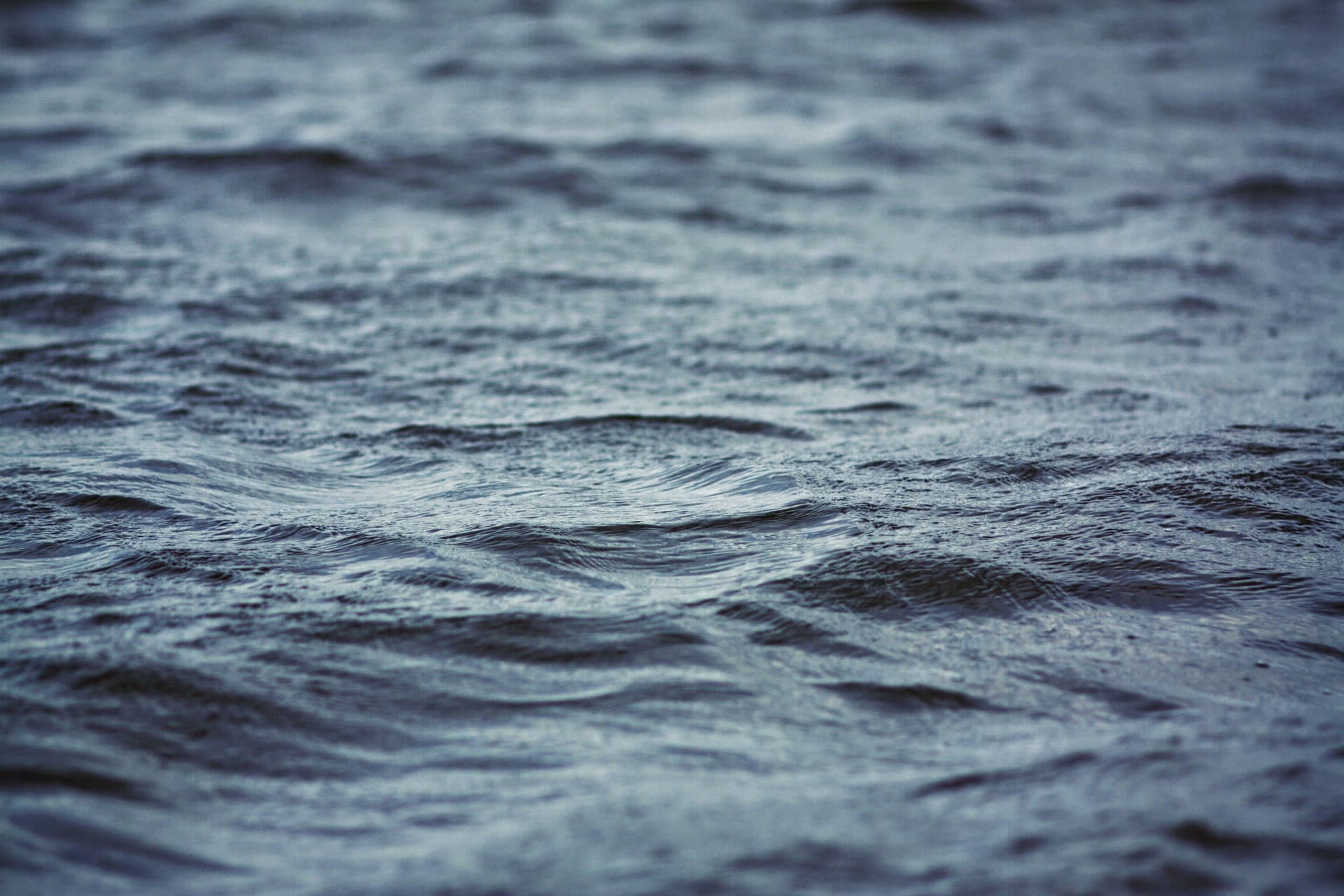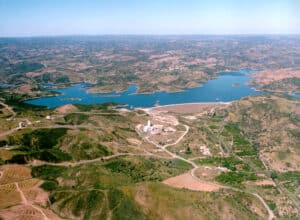“Water is not one liquid, but two intertwined ones”
Water is not one liquid, one two intertwined ones, according to research by a team from the University of Aveiro (UA), which opens up new prospects for the desalination of seawater, an academic source explains.
The researchers used light-emitting nanoparticles to follow the movement of the water molecules around the nanoparticle as the temperature of the fluid increases.
“We observed two distinct types of movement, suggesting that, below 45 ºC, water alternates between the low-density liquid state (LDL) and the high-density liquid state (HDL), which is more common in liquid water, causing nanoparticles to move more slowly,” Luís Carlos, one of the researchers on the UA team, has told Lusa.
“Above this temperature, water exists mostly in the HDL state, which leads to faster movement of the nanoparticles”, he said.
By controlling the relative proportion of LDL and HDL molecular structures, scientists may now be able to influence the behavior of liquid water.
Luís Carlos gives as an example the existence of a more effective water desalination process in the future.
“LDL is 20% less dense than HDL, affecting the way water moves, which could help us remove salt from seawater more efficiently,” he said.
The explanation is that “water behaves in a ‘chameleon-like’ way, existing as a mixture of two forms: a low-density liquid (LDL) and a high-density liquid”.
In the former, the molecules bind together occupying a larger volume, while in the latter, the high-density liquid, the molecules bind together more compactly.
The idea that water can be described as a mixture of two different hydrogen bond structures was first proposed in 1892 by Wilhelm Röntgen, a German physicist who received the first Nobel Prize in Physics in 1901 in recognition of his discovery of X-rays. It was then revisited at the end of the 20th century.
“Although there is evidence that confirms the coexistence of these two forms of water at very low temperatures, proving it at room temperature has been really complicated,” Luís Carlos adds.
In addition to Luís Carlos, the research team included Fernando Maturi, Ramon Filho and Carlos Brites, all researchers from the Department of Physics and the Institute of Materials of Aveiro (CICECO). It also had the partnership of the University of Singapore and Harvey Mudd College (USA).
LUSA


























